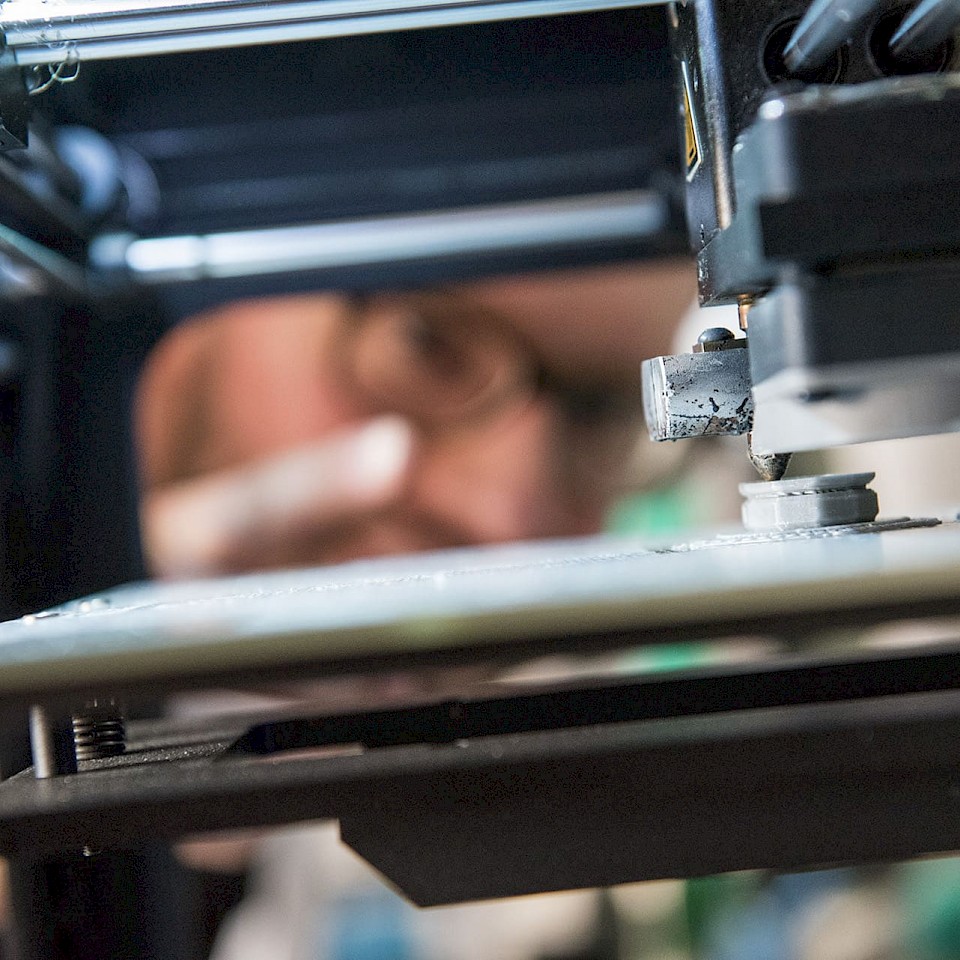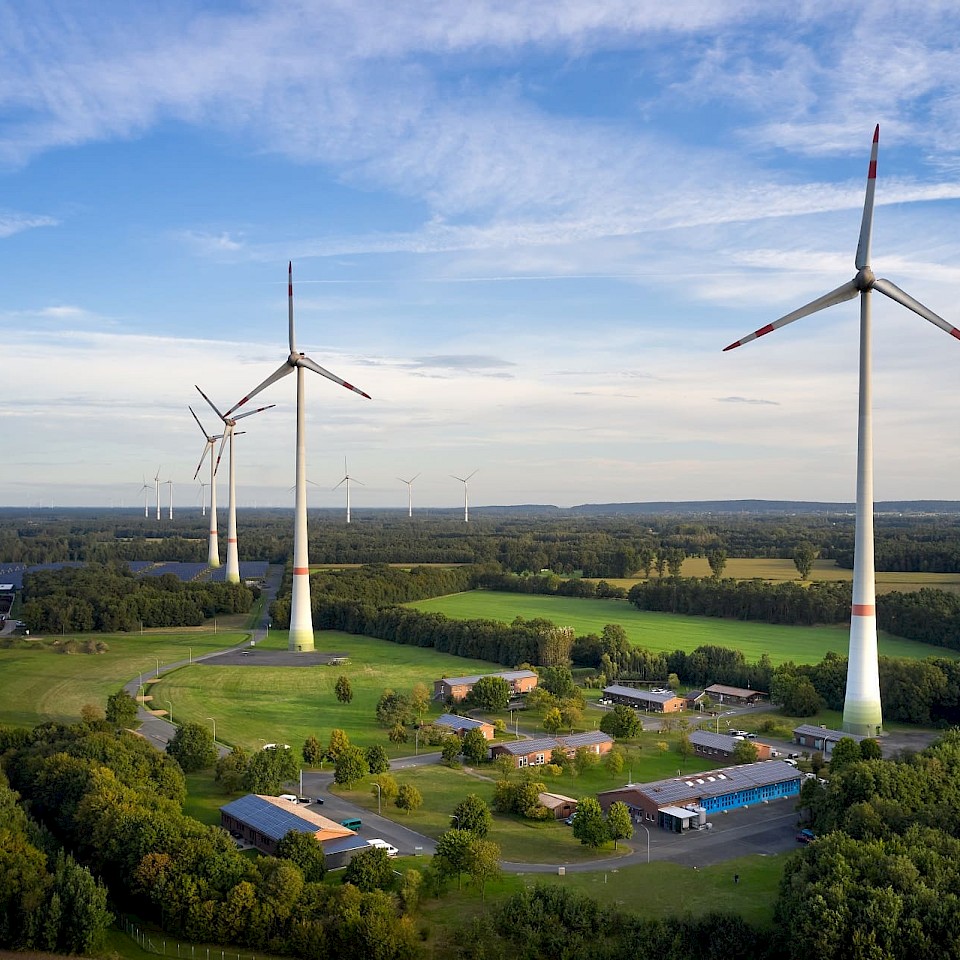
© Tailorlux

How much recycling is actually in the T-shirt?
The problem with recycled plastic fibres is that they are not only more expensive to buy than newly produced ones, but in the end they can no longer be chemically distinguished from new, more resource-intensively produced fibres. Two Münster-based companies have now developed a method that precisely detects the use of recycled plastic fibres. This way, misuse can be avoided.
Find out more about the innovation from Münsterland on this page.
The Innovation Story in video
Tailorlux GmbH, Münster
tapdo technologies GmbH, Münster
tapdo develops customised IoT (Internet of Things) solutions using state-of-the-art technologies and supports companies in analysing targeted data from their products and processes to make them transparent and efficient.
Challenge: Making recycled PET distinguishable
Textile fibres used to make clothes and shoes are mostly made of cotton or synthetic fibres. But in order to produce these, the environment is enormously polluted. Polyethylene terephthalate (PET) is usually used as the raw material for synthetic fibres made of polyester. There are two types of PET: so-called "virgin PET" is made from crude oil, and thus a finite raw material. But there is also recycled PET - R-PET for short - which is made from the polyester fibres of used textiles. Both types of PET have the same quality. The problem is that R-PET is not only more expensive to buy, it is also chemically indistinguishable from virgin PET. Therefore, the potential for abuse is great: fraudsters can simply label and sell the cheaper Virgin-PET as the more environmentally friendly R-PET and thus demand more money. Therefore, it is in the interest of both manufacturers and buyers to prove that their products are actually made of recycled material.
Solution: Mark R-PET

© Tailorlux
Tailorlux has developed a chemical, environmentally friendly marker that has luminescent properties. When R-PET is produced, the marker is inserted and leaves an optical fingerprint. This can be read with a simple sensor. If a T-shirt is made with this marked R-PET, then recycled and the fibres are used for a new product, the R-PET can still be detected. In developing the marker, Tailorlux tested different recycling methods in which the proportion of virgin and recycled material varied. The sensor reads out the variations and uses them to feed a learning algorithm. This is where tapdo technologies GmbH comes into play: Tapdo designed the sensor structure in close coordination with the Tailorlux developers and developed this algorithm.
Success: Sensor is already in use
Determine the actual percentage of recycled fibres in a fabric made of polyester fibres at the touch of a button: That is exactly what this process makes possible, and in just a few seconds. In addition, further information can be read out: Where was the raw material purchased, from which batch does it come? In this way, manufacturers and buyers can recognise real R-PET and expose fraudsters. The Dutch company The Movement is already using the sensor: thanks to the marker and blockchain, it guarantees the origin of a recycled material. The development will be presented at trade fairs for the first time in spring 2021.
As a regional joint initiative, Enabling Networks Münsterland supports companies and universities in the Münsterland region in developing innovations, implementing them and finding the right partners for the project. In order to show how innovative and at the same time cooperative Münsterland already is, the project also went in search of innovative cooperation projects from the region. The results are presented on this page. The Enabling Networks Münsterland project is funded by the European Union and the NRW Ministry of Economics as part of the ERDF call "Regio.NRW".









